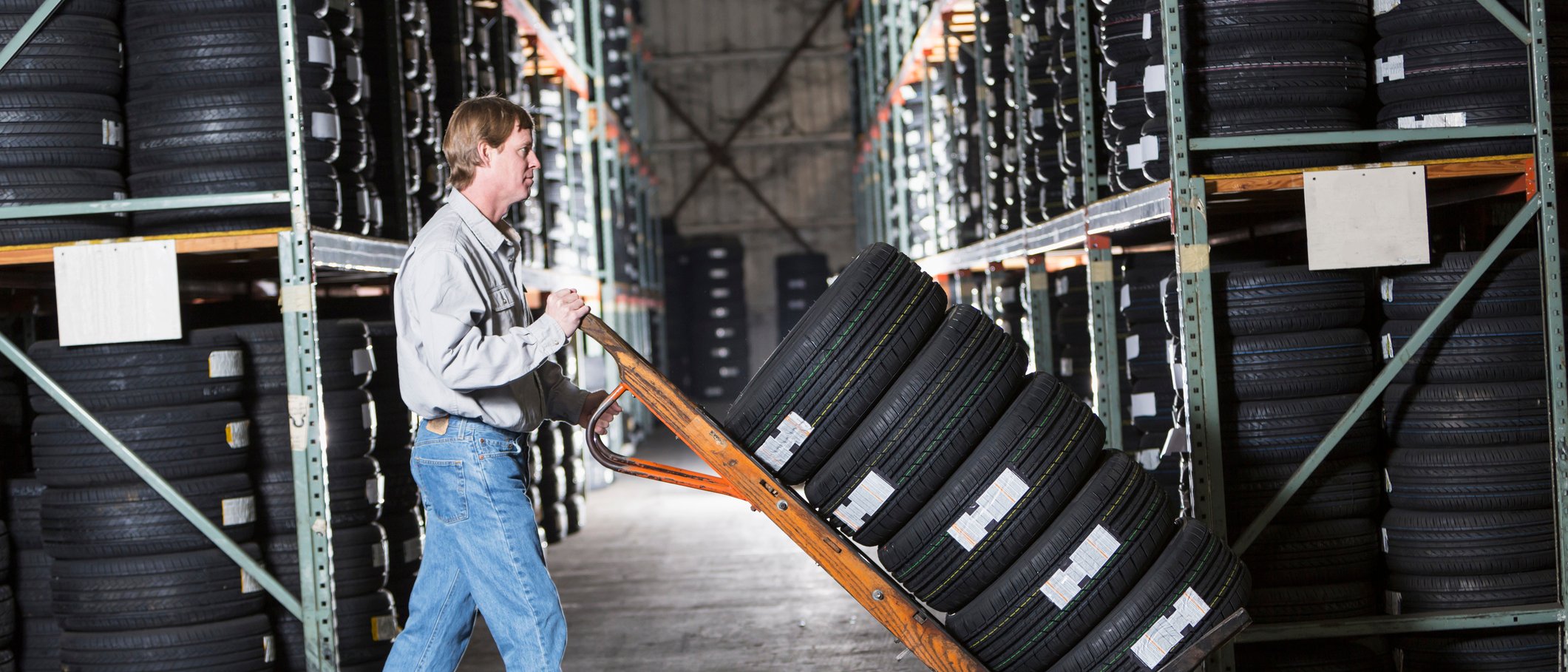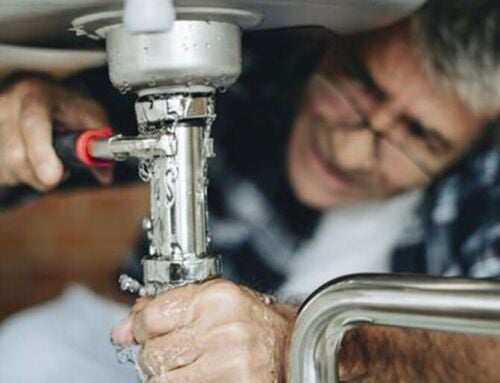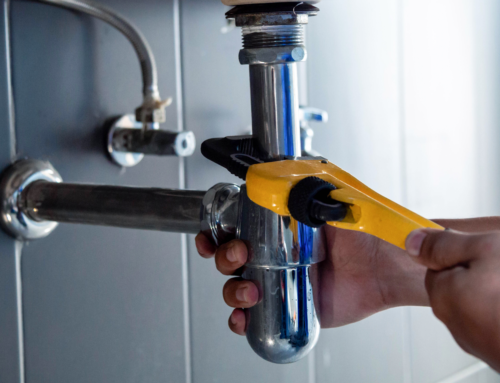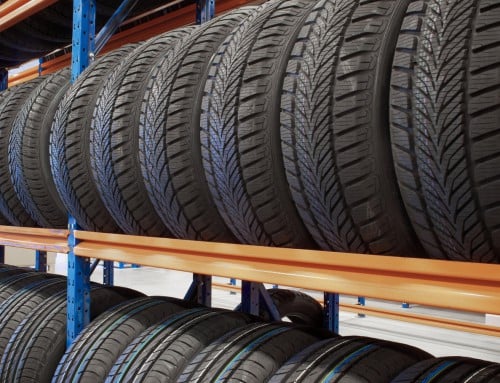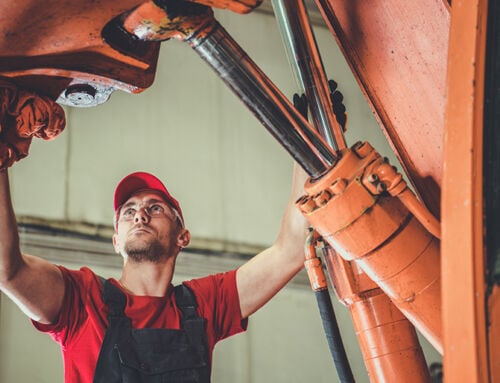It may not seem like it, but the methods you use to store tires can play a vital role in risk mitigation. If the storage space isn’t set up correctly, or if your sprinkler system is inadequate for your storage system, your business could suffer a tire fire. Improper tire storage could also lead to injuries.
It’s more important than ever to store tires correctly, as both the number of claims from tire businesses and the severity of those claims have increased tremendously between 2017 and 2018, according to Federated Insurance’s internal claims data. Over the same respective time periods in 2017 and 2018, the total value of losses jumped over 1000 per cent — from approximately $126,000 to approximately $1,377,000.
Taking the time to learn about and implement the proper storage methods and requirements can be the difference between a stable business and a major setback. Here, we outline how businesses can store their tires and some precautions they should consider for a safer operation.
The two main ways tires can be stored
Solid pile:
Solid piling is the vertical stacking of tires directly on the floor or on a pallet on the floor. Tires can reach a maximum height of 8 feet (2.4 m) for a hydraulic-scheduled sprinkler system and 5 feet (1.5 m) for a pipe-scheduled sprinkler system.
Racking:
Tires can also be stored on racks. In order to ensure the rack remains in good condition, it’s important to have impact protection for fixed racks, especially at their ends. This will prevent lift trucks from running into the rack and damaging it.
The height of stored tires on racks also needs to be monitored: there needs to be at least 36 inches (0.9 m) from the top of stored tires to sprinkler head deflectors or heat sources on the ceiling. Some businesses install chains or signs to hang above the racks to show the maximum storage height, so there’s an easy visual guide to help judge the correct distance.
Stacking
When storing tires either in racking or in a solid pile, there are three ways to stack them. Each type of stacking presents different types of fire hazards; when setting up or reviewing a sprinkler system for your property, the particular risks should be considered. Tires can be stacked horizontally, vertically, or they can be laced.
- Horizontal:
Tires are on their treads, side by side. This type of stacking is often used with racks, when there is limited storage directly on the floor, or when tires are stored in the lot. If there’s a fire, horizontal stacking may restrict water from getting to the fire, as the water hits the tread and goes around the tire.
- Vertical:
Tires are on their sides and stacked vertically. Vertical stacking is usually used in solid piling or in seacans. If a fire was to break out, vertical stacking acts like a chimney, which means that water can flow down to the base of the fire. But it can be a challenge to get the water over the right spot, and paired with the extreme heat, this could cause the fire to grow very quickly.
- Laced:
Tires are woven together so they take up less space, but it’s not easy to access a single tire. This method is often used for transportation of tires, for storing waste or scrap tires/recycled tires, and in new tire storage warehouses. This method is also sometimes used in open portable racking. More tires can be stored in a single open portable rack by lacing the tires, but the downside is that if there’s a fire, laced tires are so tightly packed together that it can be difficult to get water to the source of the fire.
Separation/spacing
When storing tires, they need to be separated and spaced appropriately, according to NFPA 13. For solid piling, aisles are required to be at least 3.28 feet (1 m) wide. If the storage room area exceeds 1,076 square feet (100 m2) and the storage height is 19.69 feet (6 m) or less, there must be one main aisle with a minimum width of 7.87 feet (2.4 m). For storage heights greater than 19.69 feet (6 m), the aisle must be 11.81 feet (3.6 m) wide.
Pallets
Pallets are flat wooden or plastic structures that make the storage and transportation of products easier and more efficient. They can be used when tires are racked or stored in a solid pile. They can also be a source of fuel for a fire.
Pallets are made of light wood, heavier wood, or plastic, and the open space between both the top and bottom section, as well as the slats, means they burn easily. Pallets can change the requirements for sprinkler systems, depending on where they’re used, how they’re used, and how many there are. Plastic pallets can often increase the requirements for the sprinkler system.
Storing empty pallets can present a risk, since they burn so easily. Because of this, pallets should be stored outside.
- Outside storage: Pallets should not be placed up against the building, but rather at a safe distance of 50 feet (15 m) from the building and any other property. They should also be stored no higher than 10 feet (3 m), covering a maximum surface area of 10,000 square feet (929 m²).
- Inside storage: If pallets must be stored inside, as few as possible should be kept. In a building lacking a sprinkler system, they should reach no higher than 4 feet (1.2 m) within an area not exceeding 1,000 square feet (100 m2).
In a building with a sprinkler system, they should go no higher than 6 feet (1.8 m), 8 feet (2.4 m), or 10 feet (3 m), depending on the sprinkler design, according to NFPA 1 Fire code chapter 4. All storage should maintain proper aisles between pallet stacks and be located away from other inventory. Pallets should also be stored away from any heat or fire sources. Ideally, a minimum number of empty pallets should be kept at the location and regular removal should be arranged when the maximum storage limit is reached.
Want to learn more?
Storage isn’t the only thing a tire business owner needs to be aware of. There are a number of risks that need to be safeguarded against and best practices that should be employed.
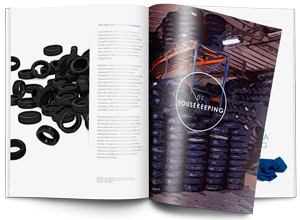
Business Insurance!
Proper tire storage is vital, but sometimes the necessary precautions aren’t enough. Things can go wrong quickly despite your best efforts, and if something does happen, it’s important to have a safety net in place. That’s where business insurance comes in. To find out how Federated can help your business, visit our business insurance page today!
This blog is provided for information only and is not a substitute for professional advice. We make no representations or warranties regarding the accuracy or completeness of the information and will not be responsible for any loss arising out of reliance on the information.
